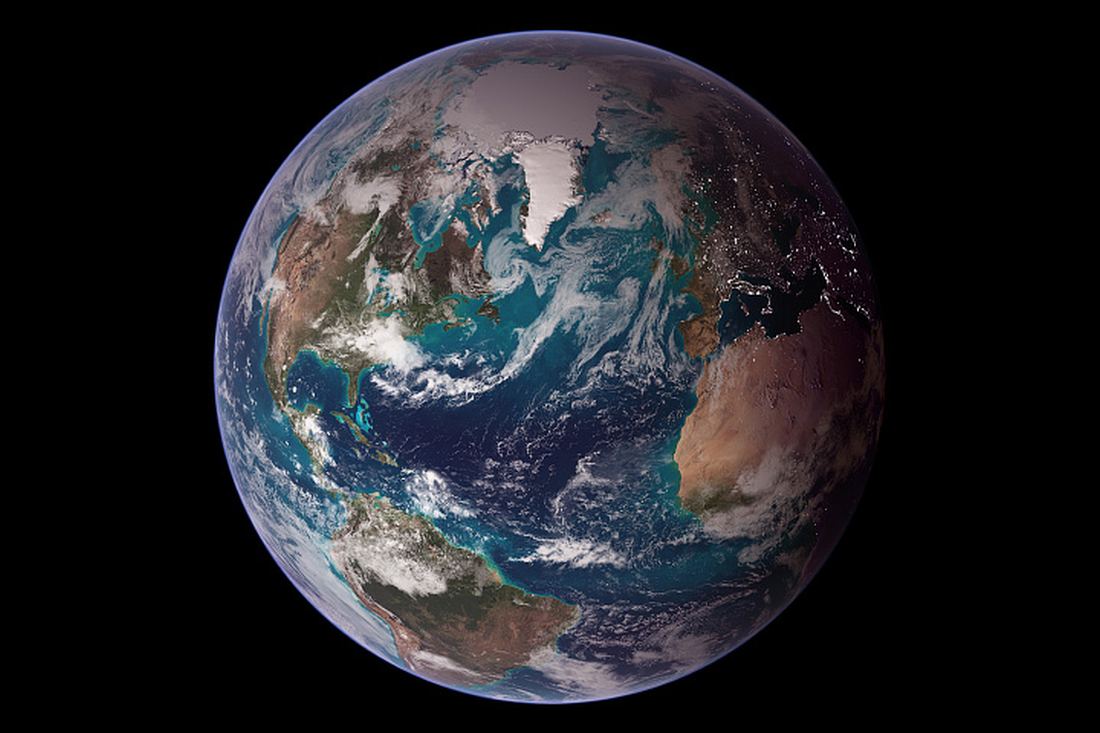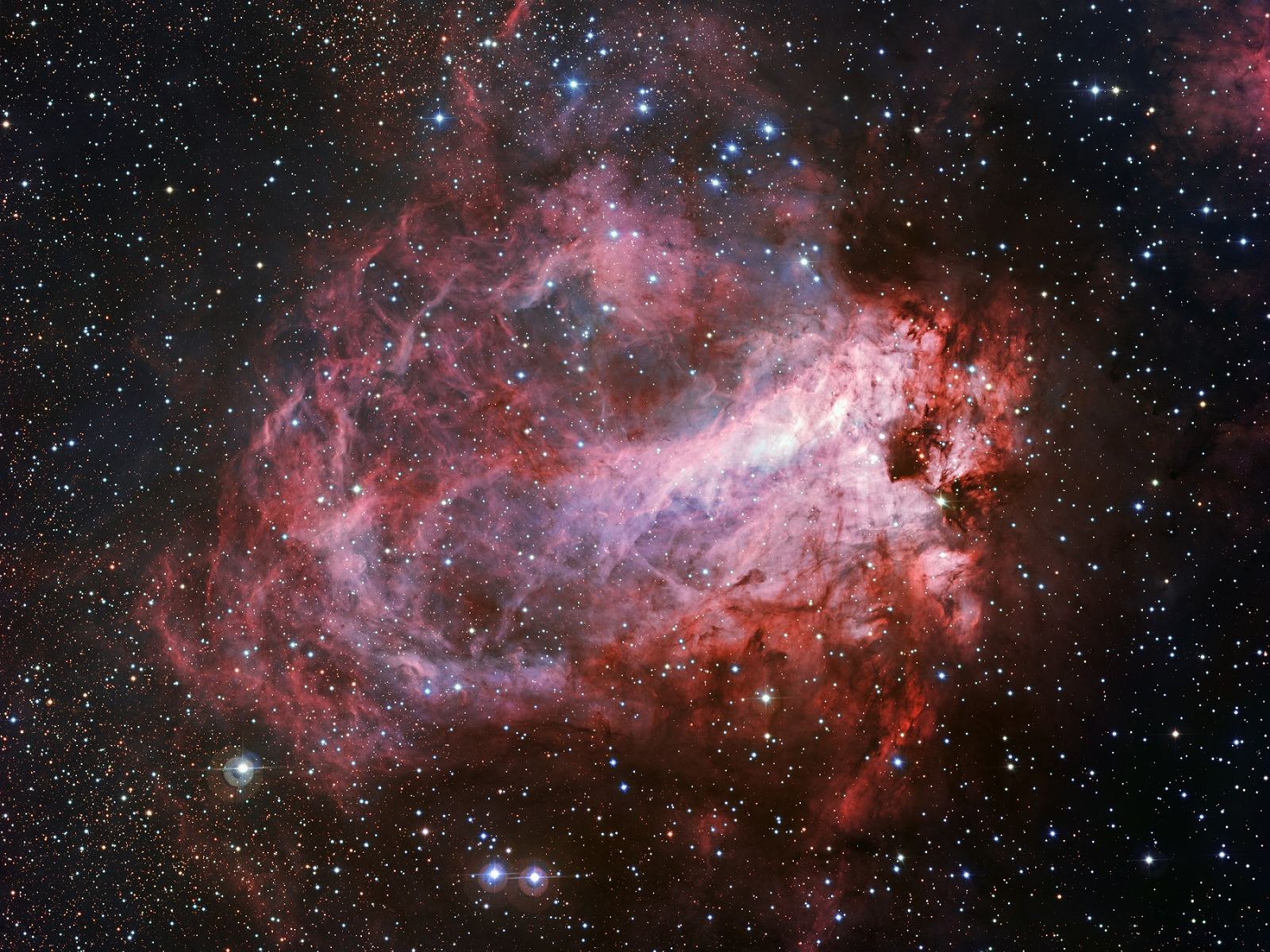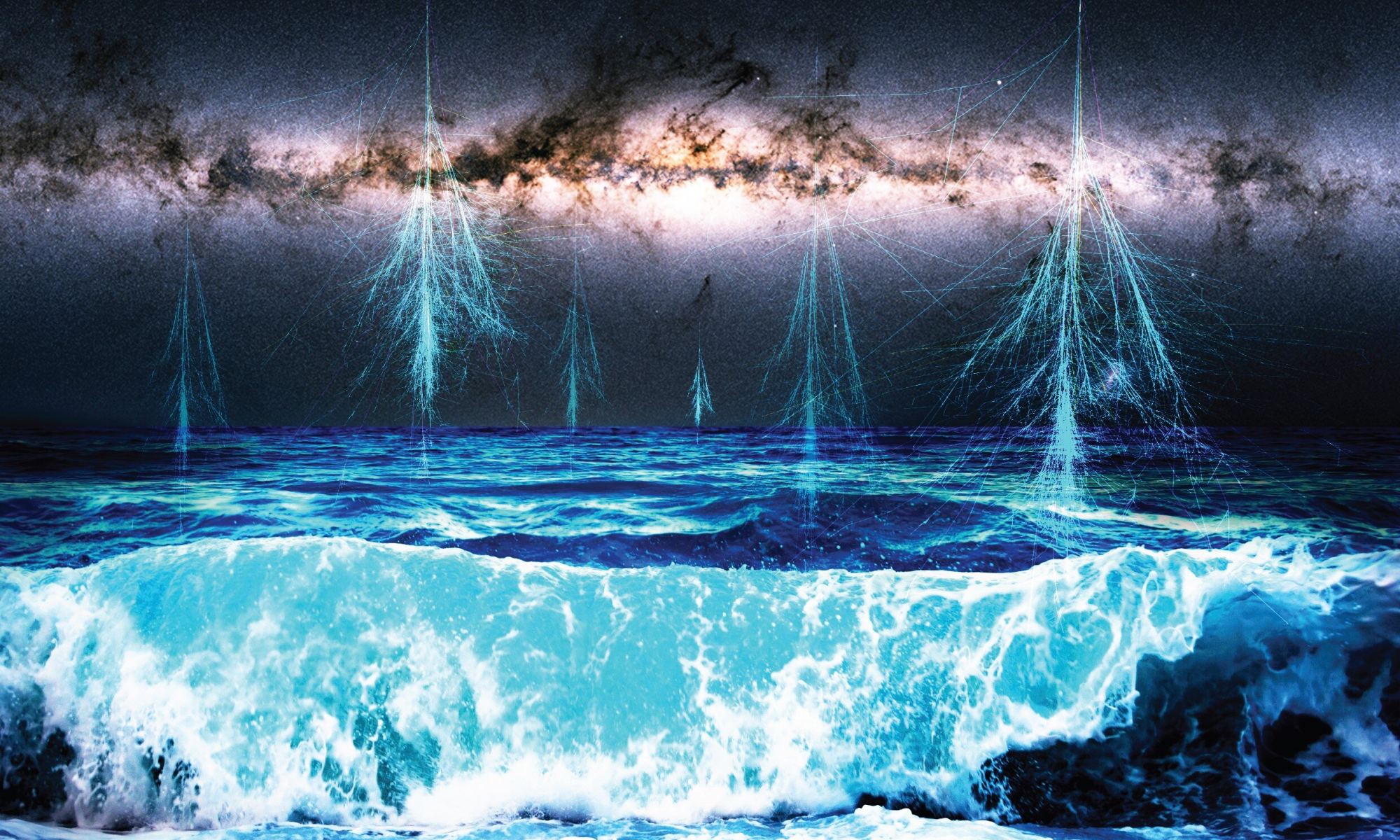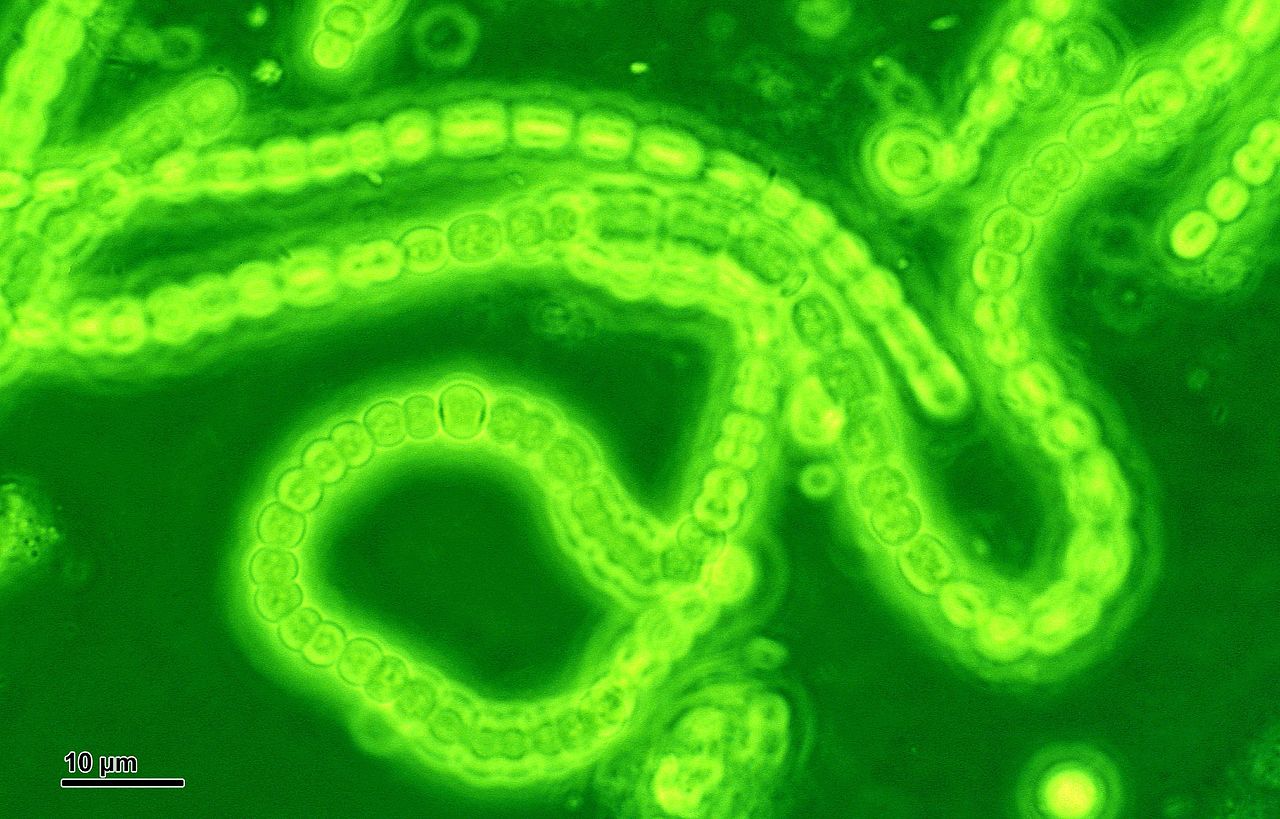Earth has had a long and complex history since its formation roughly 4.5 billion years ago. Initially, it was a molten ball, but eventually, it cooled and became differentiated. The Moon formed from a collision between Earth and a protoplanet named Theia (probably), the oceans formed, and at some point in time, about 4 billion years ago, simple life appeared.
Those are the broad strokes, and scientists have worked hard to fill in a detailed timeline of Earth’s history. But there are a host of significant and poorly-understood periods in the timeline, lined up like targets for the scientific method. One of them concerns UV radiation and its effects on early life.
A new study probes the effects of UV radiation on Earth’s early life-forms and how it might have shaped our world.
Continue reading “The Early Earth was Really Horrible for Life”










